How to design Dirtybird-style bass with Native Instruments Massive
Create a phat Claude VonStroke-style bass sound using NI's classic soft synth
It might be getting on a bit, but Native Instruments' Massive remains a powerhouse of a plugin synth. Here, we're going to use it to create a Dirtybird-style bass patch.
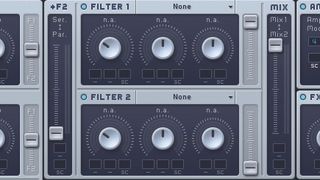
Step 1: We can make a catchy, phat tech house bass in the style of Claude VonStroke using Massive. Select the New Sound option from Massive’s FIle menu. Pick a wavetable that combines weight and some harmonics – change Oscillator 1’s wavetable to Sin-Triangle, with Wt-Position set to around 10 o’clock.
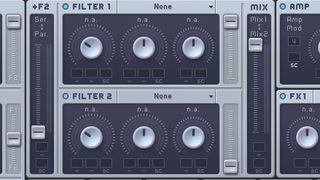
Step 2: Setting Oscillator 1’s Pitch to -12 semitones pitches the sound down an octave, placing our bass in the correct register to rattle those subs. Pushing the slider at the right of Oscillator 1 up to F1 routes the signal entirely to Filter 1 – we’ll be using this filter to sculpt the sound later on. Next, we’ll dial in some modulation…

Step 3: Turn on the Modulation Osc and set Oscillator 1’s Phase to minimum. Assign Envelope 3 to modulate the Phase to around 9 o’clock, then set the envelope Attack to its fastest setting and Decay level to minimum. This adds movement and harmonics that’ll give the bass extra tone and character on smaller speakers.
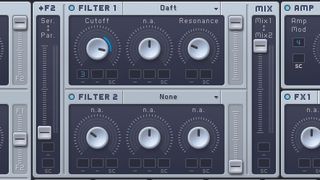
Step 4: Let’s use Massive’s filter to impart a classic analogue tone. Set Filter 1’s type to Daft, with the Cutoff at around 4 o’clock. Dialling back the Resonance to around 10 o’clock gives a more squelchy sound, without inducing self-oscillation. Modulating the Cutoff down slightly with Env 3 gives extra movement and fatness.
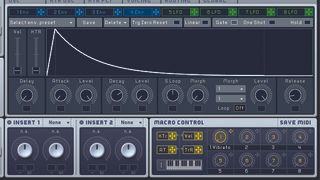
Step 5: Adjusting the amp envelope gives our sound more of a punchy, staccato feel. Open Envelope 4, and set the Attack time to its fastest to let more of the sound’s initial click through, adding much-needed extra punch. Setting Decay to max and Decay Level to minimum gives each note a shorter, more stabby feel.
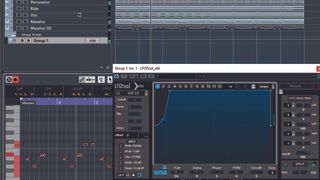
Step 6: Duplicate the Massive channel, then open the duplicate MIDI and pitch it up an octave to create a layer that adds upper harmonics to the bass. After turning the new layer down to blend it in the mix, group the two parts together and use sidechaining or volume ducking to duck the volume slightly in time with the kick.
Get the MusicRadar Newsletter
Want all the hottest music and gear news, reviews, deals, features and more, direct to your inbox? Sign up here.
Computer Music magazine is the world’s best selling publication dedicated solely to making great music with your Mac or PC computer. Each issue it brings its lucky readers the best in cutting-edge tutorials, need-to-know, expert software reviews and even all the tools you actually need to make great music today, courtesy of our legendary CM Plugin Suite.

"If I wasn't recording albums every month, multiple albums, and I wasn't playing on everyone's songs, I wouldn't need any of this”: Travis Barker reveals his production tricks and gear in a new studio tour

“My management and agent have always tried to cover my back on the road”: Neil Young just axed premium gig tickets following advice from The Cure’s Robert Smith











